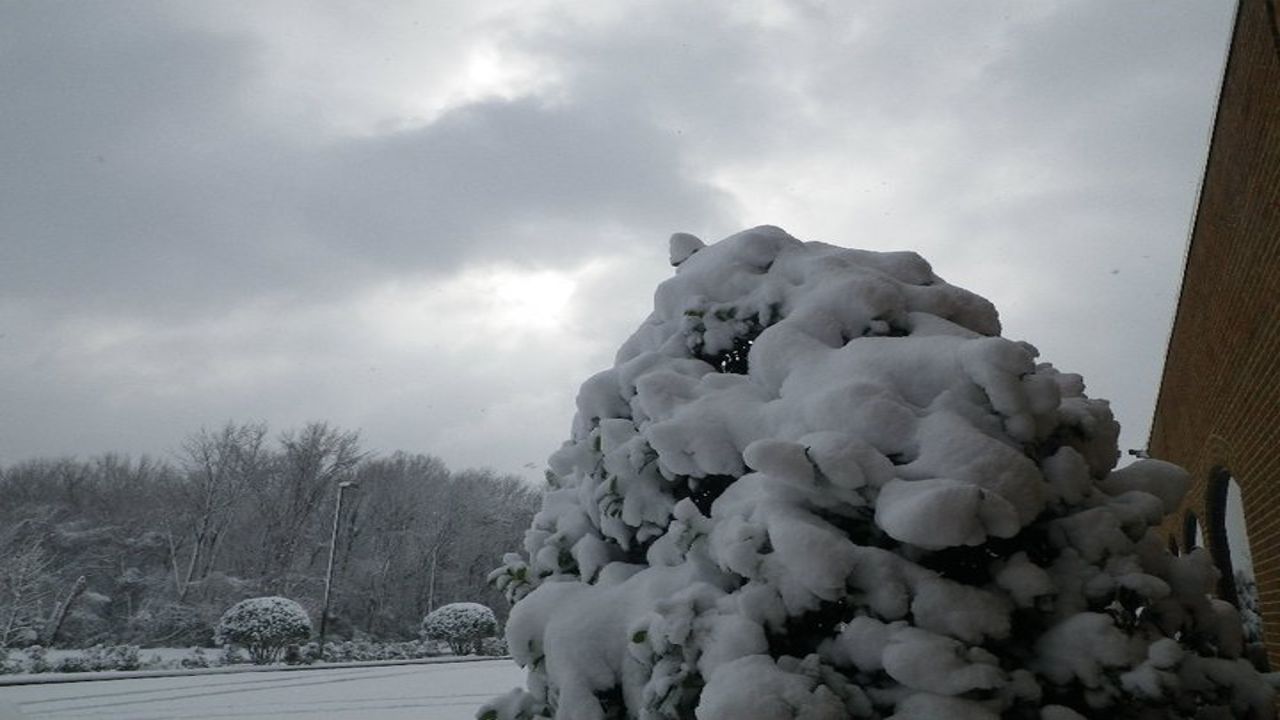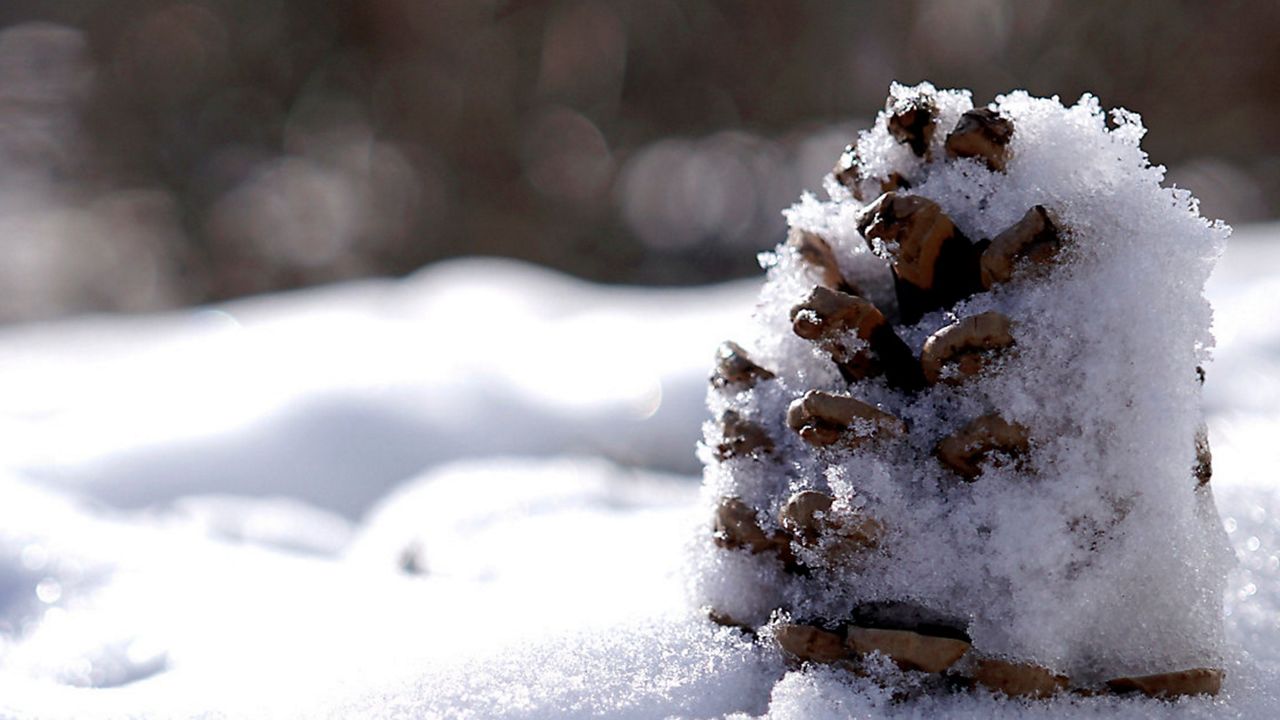Picture waking up to a foot of fresh snow on the ground. You go outside and feel the chill in the air. You look down at the snow and think, “That looks good enough to eat.”
But is it, really? Don’t be so impulsive. Snow might seem appetizing to the eye, but you should think twice before ingesting it.
While snow may only seem like frozen water, it could contain a bunch of nasty stuff.
If you grab snow from a sidewalk or street, it might contain rock salt that helps prevent people from slipping on roads and sidewalks. The chemicals that make up rock salt can make you quite sick if consumed.
Snow might also be a place where animals like squirrels and neighborhood dogs do their business. While you may think that yellow snow is going to be a lemony treat, think again. If you see it, avoid putting your face near that nasty, yellow snow.

Now you may be thinking, “Well, of course I wouldn’t eat all that gross snow. I would eat freshly fallen snow untouched by anything or anyone.”
There may be some grossness in that snow too, unfortunately. Snow can soak up pollutants in the atmosphere as it falls to the ground. Scientists have found that "clean" snow may contain pesticides, soot, mercury and formaldehyde.
So, the next time you’re craving snowy goodness, opt for the snow cone machine instead and avoid the natural stuff that falls from the sky during the cold winter months.
Our team of meteorologists dives deep into the science of weather and breaks down timely weather data and information. To view more weather and climate stories, check out our weather blogs section.



